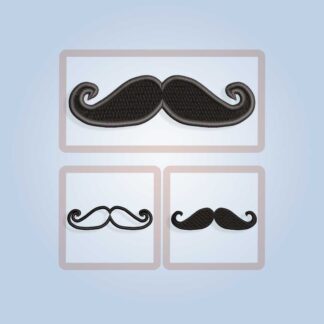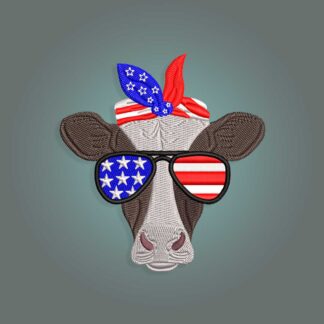An embroidery machine is a specialized type of sewing machine designed to automate and streamline the process of creating intricate and decorative embroidery on fabric. Unlike regular sewing machines, which primarily focus on joining fabrics together, embroidery machines are equipped with features and mechanisms specifically tailored for adding detailed designs, patterns, and textures to textiles.
Key features of an embroidery machine include:
- Digital Interface: Embroidery machines often have a digital interface or touchscreen display that allows users to select and customize embroidery designs.
- Automatic Needle Movement: These machines use an automatic needle that moves in various directions based on the chosen design, creating intricate patterns and stitches.
- Embroidery Hoops: Fabric is secured in place using embroidery hoops, keeping it taut and allowing for precise stitching.
- Thread Management: Embroidery machines can have multiple thread spools, enabling the use of different colors in a single design.
- Design Memory: Some machines have the capability to store and recall embroidery designs, allowing for easy repetition or customization.
- Stitching Speed Control: Users can control the speed at which the machine stitches, offering flexibility depending on the complexity of the design.
Embroidery machines are widely used in various industries, including fashion, home décor, and personalized crafts. They cater to both hobbyists and professional embroiderers, providing a faster and more efficient way to achieve intricate and detailed embroidery work compared to manual hand embroidery.



